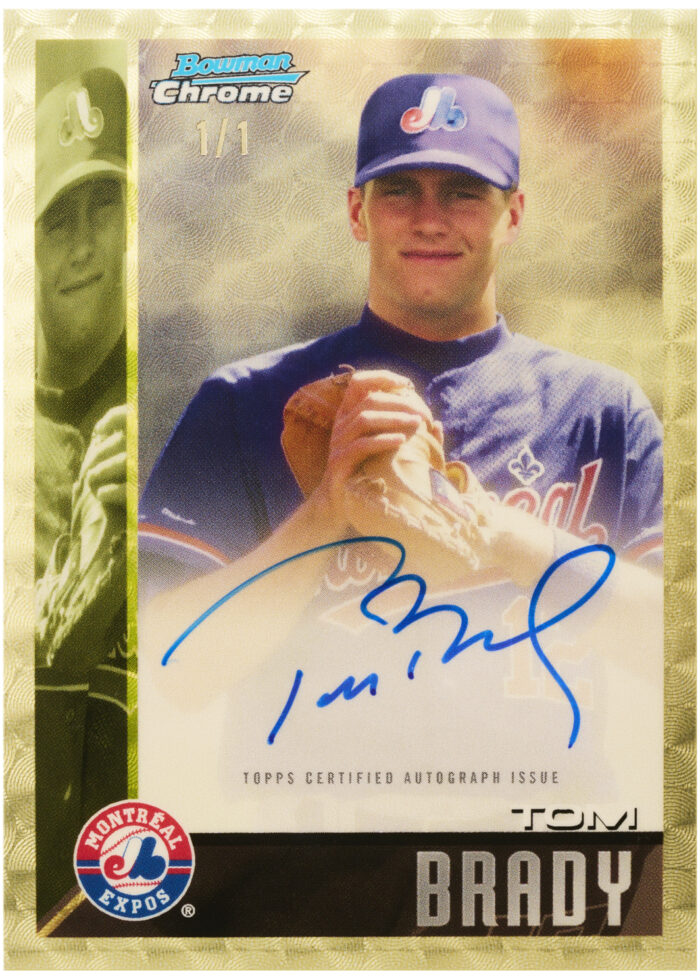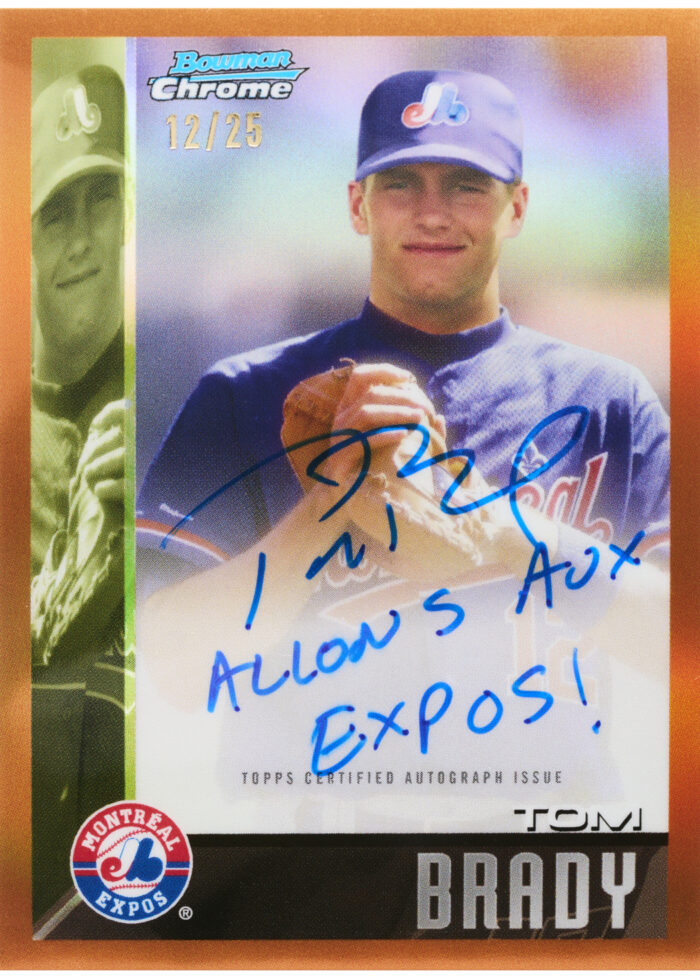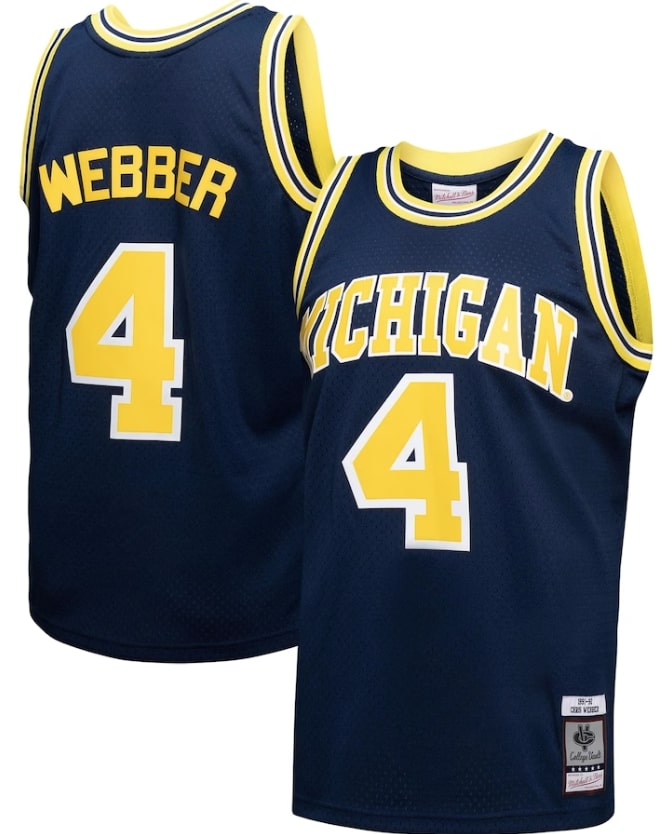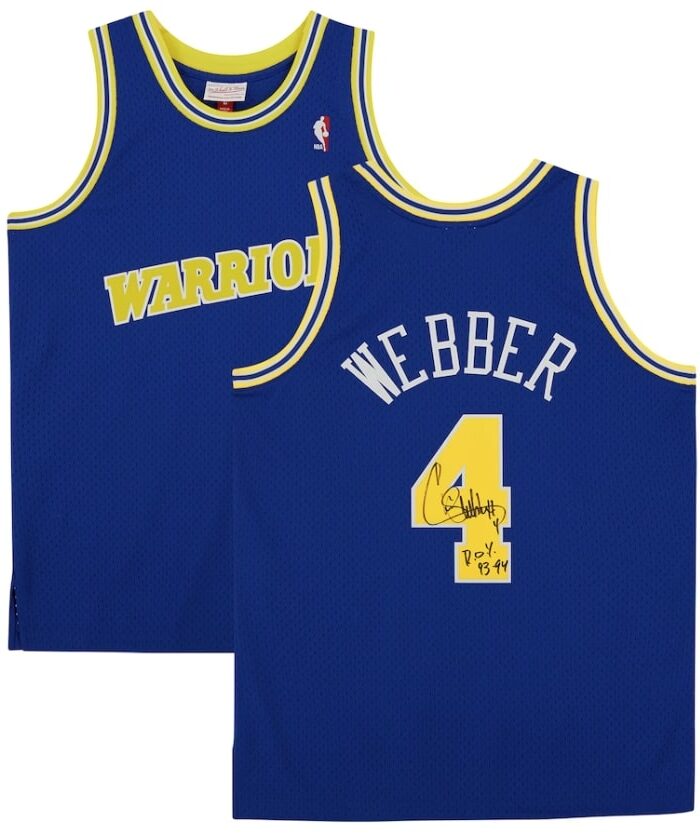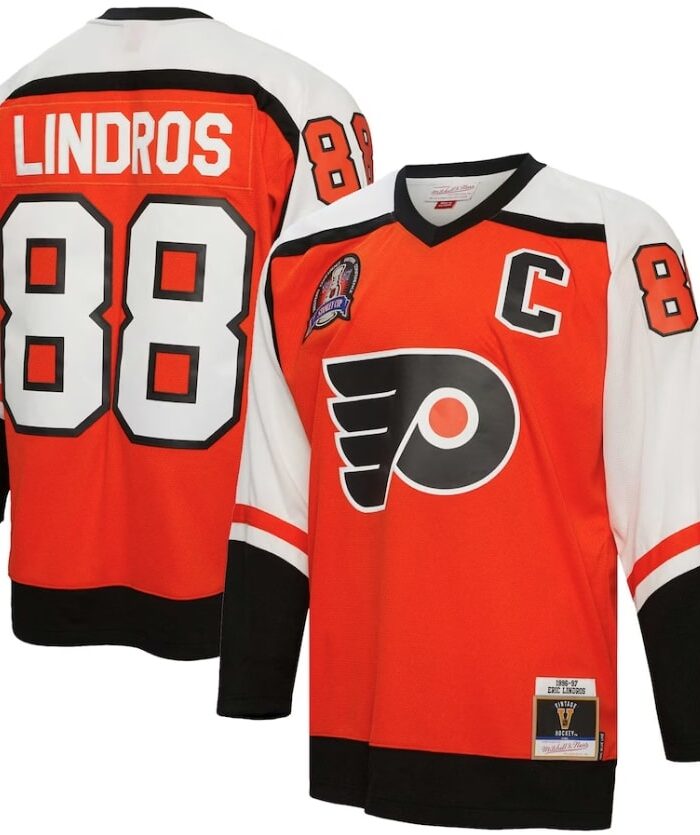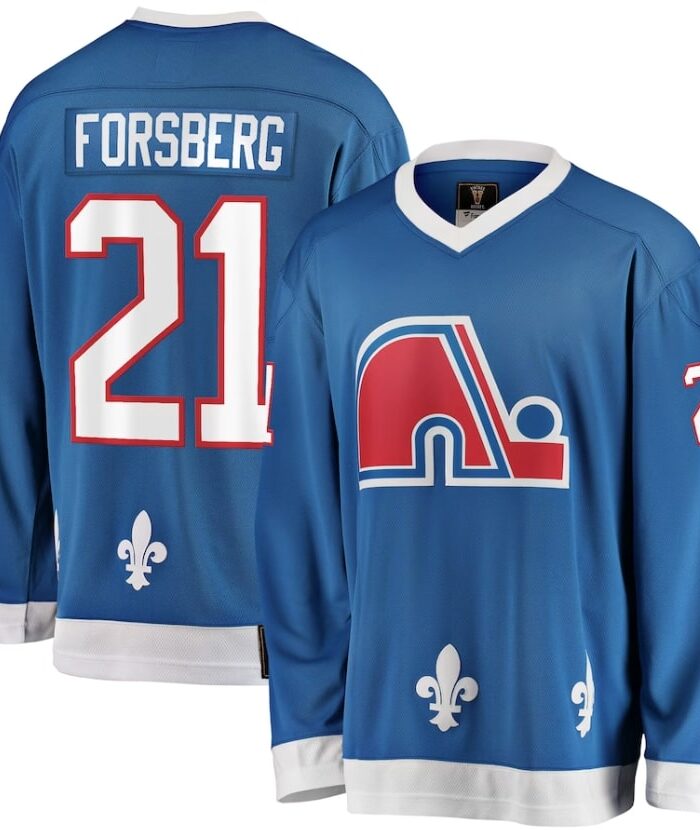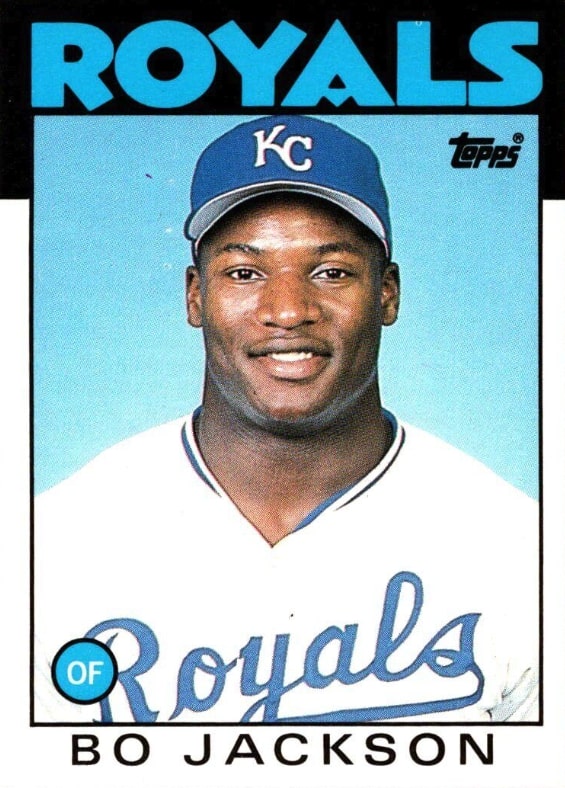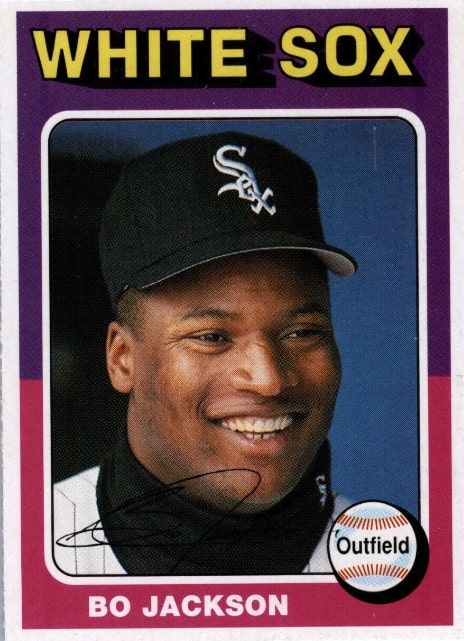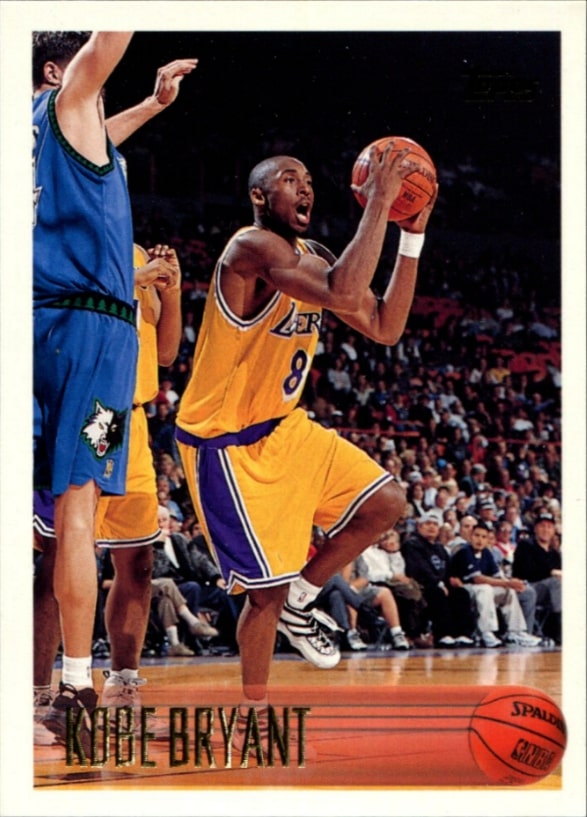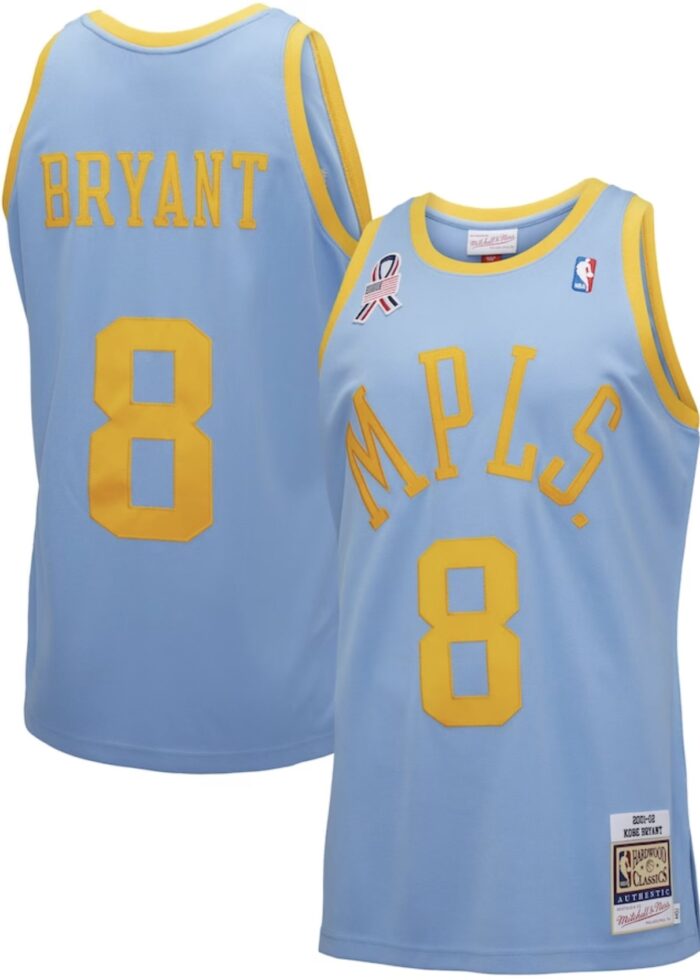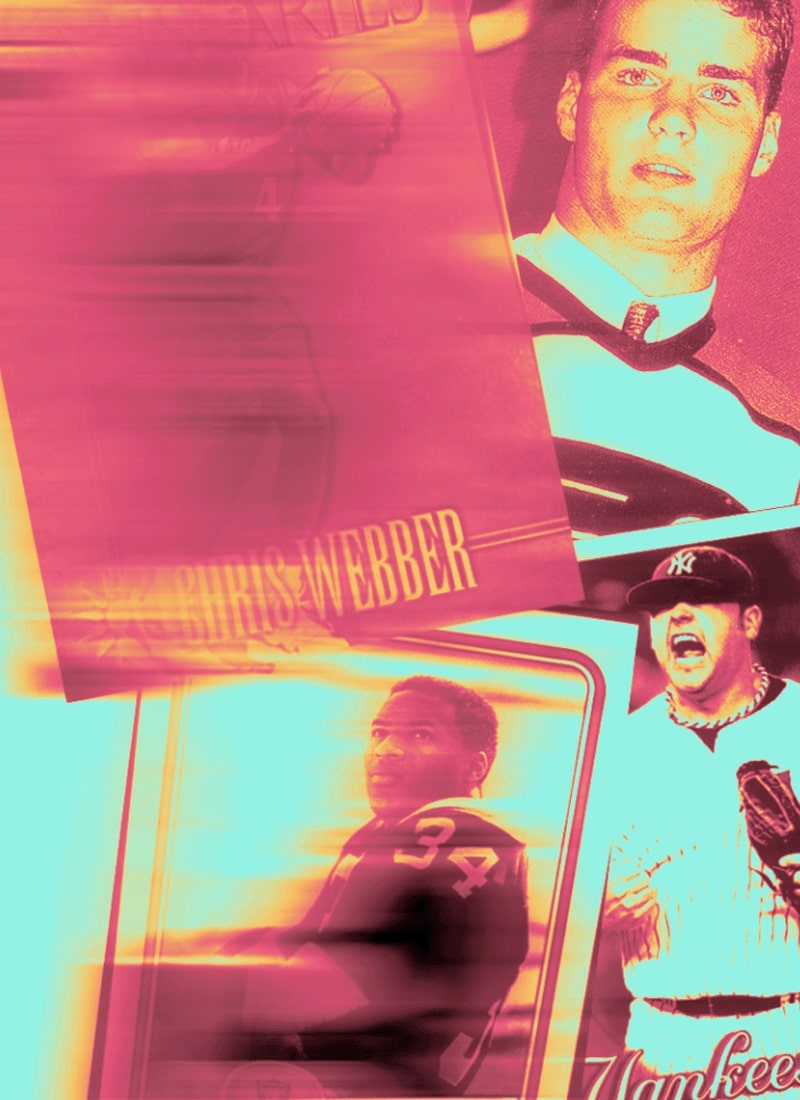
Enter the Sports Multiverse
2023 Bowman Draft Baseball dropped last month, bringing the usual exciting glimpses into the future of the MLB with stellar 1st Bowmans, headlined by Paul Skenes. It also included one very special look back to the past: a Tom Brady 1st Bowman® baseball card.
Yes, a few decades before he won seven Super Bowls and cemented his status as the GOAT, Brady was a Bay Area high schooler who excelled at football and baseball. With a football scholarship offer at the University of Michigan and his selection by the Montreal Expos in the 1995 MLB Draft, Brady had options coming out of high school. But of course, he chose football, and the rest is history.
Brady’s 2023 Bowman Draft Baseball 1st Bowman Expos card had the hobby take notice (and not just collectors from Boston). But more than that, the card makes us ponder other draft-related “what ifs” from the sports world. Enjoy our look at the Sports Multiverse.
What if Tom Brady chose baseball and played for the Expos?
A catcher who hit for power from the left side of the plate, Brady regularly battled with his primary rival, two-time World Series champion Pat Burrell, in high school. Burrell went on to play at the University of Miami. After winning the Golden Spikes Award as the nation’s top amateur baseball player, he was selected first overall in the 1999 MLB Draft by the Philadelphia Phillies.
We never got to see Brady swing the bat in college, so it’s hard to predict how well he would’ve handled the pitching at higher levels of the game. But c’mon, let’s not get crazy here — of course, Brady would be as good at baseball as he was at football. The man is just wired to win.
And boy, could the Expos have used a turnaround at that time. Assuming Brady joined the team in 1999, around four years after being drafted, he would have been joining a franchise that hadn’t made the playoffs in nearly 20 years and regularly played games in front of fewer than 10,000 fans. Brady’s lefty bat would provide a potent one-two punch with Hall-of-Fame outfielder Vladimir Guerrero (who, in the Brady-verse, remains with the Expos rather than bolting in free agency). He also boosts the pitching staff, calling effective games to get the most out of streaky starters Carl Pavano and Javier Vázquez.
The result? Consistent playoff finishes for the first time in Expos history, culminating in a World Series victory. (And perhaps six more after that?) Fan support swells, and attendance numbers improve enough to justify a new stadium in Montreal. Brady & Vlad become the dynamic duo of the 2000s — step aside, Kobe & Shaq.
What if the Orlando Magic kept Chris Webber?
Despite being the last team out of the playoffs in 1993 and having the lowest odds of all lottery teams, the Magic lucked into the first overall pick of the 1993 NBA Draft. Exciting “Fab Five” big man Chris Webber was widely projected as the first player off the board, but the Magic weren’t in the market for a frontcourt player — they already had Shaquille O’Neal. The Magic nominally selected Webber but immediately traded him to the Golden State Warriors to acquire shooting guard Penny Hardaway, a player better fitting their current roster construction. Orlando got a pretty good haul for Webber — Hardaway was a franchise player who meshed well with Shaq, and the team also picked up three future first-rounders. But what if the Magic held onto C-Webb?
Webber and Shaq would’ve formed a devastating “Twin Towers” combo to rival the San Antonio Spurs’ David Robinson and Tim Duncan. But would it have made them better in the long term? That’s hard to say. Webber did outshine Hardaway to win Rookie of the Year in 1994. Still, Hardaway strung together four consecutive All-Star campaigns starting with his sophomore season (and the Magic succeeded, too — the team made an NBA Finals run that year and followed up with a solid 60-win campaign in 1995-96).
Further complicating things, Webber opted out of his contract with the Warriors after his rookie season because of irreconcilable issues with head coach Don Nelson. With Shaq eventually leaving the Magic in part due to a similar dispute with head coach Brian Hill, might Webber have left town in a similar fashion? In this case, the Magic might’ve made the right call with Penny.
What if the Flyers hadn’t traded the farm for Eric Lindros?
In the 1991 NHL Draft, tough power forward Eric Lindros was a sure thing for the first overall pick. With “The Great One” Wayne Gretzky’s career entering its final stage, many around the game considered Lindros “The Next One.” Just one problem — the Quebec Nordiques had the first pick in the draft, and Lindros flatly refused to play for them. The Nordiques tried to call Lindros’ bluff, drafting him anyway, but Lindros didn’t change his stance. After a year-long standoff, the Nordiques finally gave in and worked out a trade with the Philadelphia Flyers to acquire a package of five players, two future first-rounders, and $15 million in cash.
The highlight of that package was the draft rights of Peter Forsberg, who went on to lead his new franchise to two Stanley Cups. At the time of the trade, the Flyers were on the precipice of being a competitive team, and with Lindros in the fold, the Flyers became a tough team to beat. But Lindros suffered from a series of concussions right at the team’s peak, which led to an ugly falling-out, and they never got over the hump. Not only did the Nordiques win two Cups (as the relocated Colorado Avalanche), but the New York Rangers, who nearly traded for Lindros ahead of the Flyers, also won a Cup.
Looking back on the trade, the Nordiques probably got more out of Forsberg alone than what they lost in Lindros — but the overall package sustained years of success for the franchise. If Philly doesn’t do the deal, we’re probably talking about the Flyers as a 1990s dynasty.
What if the Buccaneers hadn’t pissed off Bo Jackson?
After capping off a legendary college football career at Auburn University in 1985, Bo Jackson wasn’t done — he was also a star member of the Tigers baseball team. He was eager to finish his time in Alabama with a bang.
That is… until the Tampa Bay Buccaneers, who had the first pick in the 1986 NFL Draft, invited to fly Jackson in on a private plane for a physical. The team told Jackson and his reps that the trip fit within the NCAA’s strict amateurism guidelines (which he still had to abide by for baseball), and he took the Bucs at their word. But shortly after returning home, Jackson learned that the trip cost him his remaining baseball eligibility. Whether it was true or not, Jackson came to believe that Bucs owner Hugh Culverhouse intentionally sabotaged his promising baseball career, and he vowed not to play for the team — even after Tampa selected him first overall.
Let’s imagine Tampa doesn’t make an enemy out of Bo, and they still select him at the top of the board. In that instance, he probably starts his football career right away, rather than shunning the NFL and first turning to baseball. To put it mildly, the Bucs of the 1980s were … not great. This is probably another situation where things turned out right in real life — in getting drafted by the Los Angeles Raiders (who got a steal with their seventh-round pick), Bo joined a more successful, higher-profile team. Though his career was cut short by injury, he remains the only player to earn both a Pro Bowl and MLB All-Star Game appearance.
What if Vlade Divac blocked the Lakers’ Kobe Bryant trade?
There’s a lot of mythology around Kobe Bryant and the 1996 NBA Draft — some say that Bryant would have refused to suit up for the Charlotte Hornets and wanted to facilitate a trade to his preferred destination of Los Angeles. That’s not true; Bryant would have been happy to play in Charlotte, but the Hornets never had him on their radar. They drafted him only because they had previously agreed to a deal with the Lakers for center Vlade Divac and took orders on who to draft from LA.
There was, however, one unhappy party who seemed like he was about to blow things up: Divac. He initially considered retirement rather than playing somewhere other than sunny California, though he eventually relented (and thrived in Charlotte’s system).
But what if Divac acted on his original impulse and blocked the trade, sticking Kobe on the Hornets? Let’s start with the obvious — Kobe swaps his iconic purple and yellow threads for Charlotte teal. It’s undeniable that the situation Bryant entered in Los Angeles was ideal for both player and team, but Charlotte wasn’t precisely a bottom-dweller. The Hornets had completed four consecutive seasons above .500, though they never advanced past the Eastern Conference Semifinals. Bryant and lethal swingman Glen Rice — who coincidentally started together on the 2000 NBA Champion Lakers — form a formidable pairing that lifts the Hornets out of anonymity. Instead of being uber-competitive, sometimes-feuding teammates, Kobe and Shaq become straight-up rivals, trading punches in the NBA Finals. Though Bryant’s star wouldn’t have been as bright in another market (it’s Hollywood, for crying out loud), these alternate-reality Hornets earn the respect of the Association, and Kobe still plays like Kobe. (He probably doesn’t get the star sidekicks that helped him win five NBA titles, though.)
